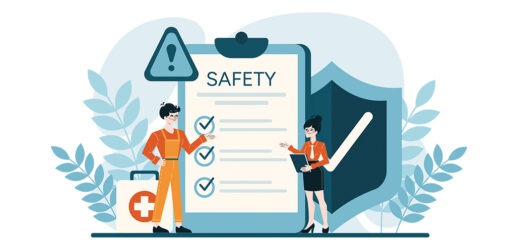Positive leadership inspired by joy, collaboration and Renaissance thinking
When employees feel disengaged, underappreciated and uninspired, it’s easy to find fault with the workforce itself. But the blame may lie with the leader, instead.
“I truly believe that the success and personality of the team is a direct reflection of the leader,” says Eve Schmitt, president of Eden Meetings and Events. “I’ve seen too many times that when groups or teams fail, and seem to be at odds with each other, it’s not because of the team itself—it’s because of the leader.”
Leaders who rely on intimidation, threats, ridicule and manipulation—in short, bullies—reap dubious returns in the form of groupthink, chronic underperformance and high turnover. In fields dependent on collaboration, such as the meetings industry, the effects are especially toxic.
This kind of aggressive behavior is harmful, but not rare. According to Workplace Bullying Institute, bullying is four times more common at work than sexual harassment and racial discrimination. Leaders may turn to these tactics out of insecurity, a desire for absolute control or the lack of an alternative skill set.
But to deny the power of motivating through positivity, instead of fear, is to undermine a team’s potential to function at its dynamic, innovative, collaborative peak.
In more than 20 years as a meeting professional, Schmitt has developed her own take on leadership. “My personal leadership philosophy is to provide inspiration, guidance and mentoring to my team by providing them with tools and an environment in which it’s safe to take risks,” she says.
Here, Schmitt shares additional insights on how to translate that philosophy into action. The effort will be repaid in the form of stronger professional partnerships.
Tame tyrannical urges: Don’t mistake harshness for strength. “You’ll get the job done, but the results aren’t going to be as great,” Schmitt warns.
Negative leadership propagates drama, gossip and dysfunction, which steals focus from actual job functions and sabotages the team’s ability to excel. Rather than employing creative thinking and problem-solving skills, team members spend the workday—and sometimes beyond—dreading the fallout from the leader’s next inevitable outburst. Employees who are afraid to make mistakes are not inspired to grow, and therefore cannot operate at peak performance.
By replacing anxiety with encouragement, morale and execution soar. “Great leaders bring joy to the group of people they’re surrounded by,” Schmitt says. Doing so indicates humanity, not weakness. “We’re all looking for happiness and joy in our lives. If you can get that out of somebody, they’re even more committed,” she adds.
Value team diversity: Rather than trying to mold employees into the leader’s likeness, encourage them to put their personal experiences to work to benefit the group. “People have different skill sets and backgrounds, but all of them have a great opportunity for collaborating and contributing, which really inspires creativity,” Schmitt says. “The best leaders know how to surround themselves with great people and let them thrive.”
Positive leadership methods cultivate an environment that welcomes employee input. A free-flowing exchange of ideas occurs when team members feel comfortable speaking out and leaders adopt a nonjudgmental, open-minded approach to unique perspectives. Nothing is wrong, and there’s no risk or ridicule.
Schmitt likens this ideal corporate ecosystem to Renaissance Europe, when collaboration among the brightest minds across different disciplines fueled an intellectual and cultural awakening. “I believe in a global energy,” Schmitt says. “If we can tap into it in a positive way, things can only get better.”
View temporary team members as partners: Meeting planners may work with a different cast of characters for each event. Leading successfully under transient conditions requires skill and strategy. “We’re always in a temporary environment,” Schmitt says of meeting planners. “We don’t have the luxury of developing relationships over a steady, long period of time like we do within our organization itself.”
The fast track to cohesion among impermanent team members involves honesty, authenticity and communication—as well as the acknowledgement that all roles are essential to team success. “I don’t like the words supplier and vendor, because I feel like the ones I use most are my partners on this journey,” Schmitt says. “A partnership is mutually beneficial. It has to be balanced. If you establish from the beginning that your partners are just as important to you as the internal client you’re trying to serve, and respect and appreciate what they’re doing, I find that to be the most successful thing.”
A working environment built upon mutual respect also functions as an insurance policy of sorts. When an emergency situation develops—and, inevitably, it will—partners who feel valued and invested are more likely to step in to provide extra support.
Be receptive to feedback: On the day of an event, the planner is often the point of contact for any issue that arises. With feedback and suggestions being relayed from management, speakers and attendees, the planner often feels bombarded. But when someone approaches with a concern, don’t get defensive. Take time to understand what the person is trying to communicate.
“Attendees who make the extra effort to talk to you about something, they’re part of your collaborative environment, too,” Schmitt says. “Sometimes you get a better experience because you’ve taken time to listen to them. Collaboration comes from all different areas. It could come from your speakers. They have information that should be respected and contemplated, and many times, incorporated.”




